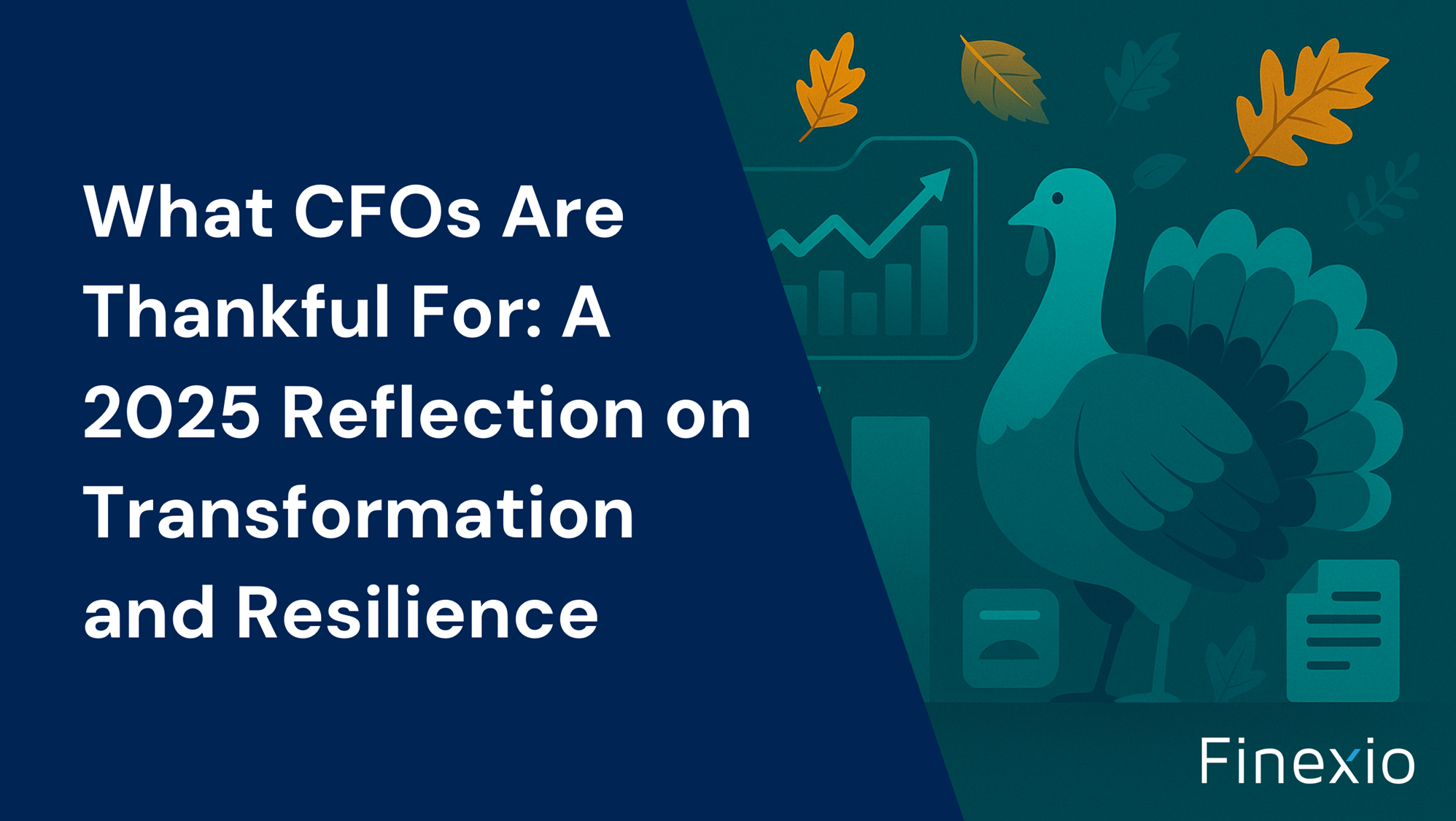How to Generate Revenue & Increase Margins with Payments Services


For companies seeking to generate revenue, improve valuation and increase margins, adding PayFac-as-a-Service to a digital payments program can help monetize payments while serving customers more effectively and efficiently. Many companies utilize third-party credit card processors such as Stripe, Square or Braintree, which lack a transparent pricing model, according to Caleb Avery, CEO of Tilled, a payfac-as-a-service provider.
In a recent B2B Cashflow Conversations podcast with Finexio CEO and founder Ernest Rolfson, Avery explained the many benefits of transitioning from using a third-party credit card processor to monetizing payments through a payfac-as-a-service model. This model allows software companies to turn payments from a cost-center to a profit-center while enhancing the services they offer their clients.
“Frequently, we’ve been brought in by large software companies to make sense of their credit card processing statements, which you probably are aware are complicated and difficult to figure out unless you have experience,” said Avery. “These CFOs need help figuring out how much they are paying in fees and whether those fees are reasonable.”
Flat-rate pricing models like those of Stripe, Braintree and Square are confusing because their customers don’t know what the underlying interchange rate is for their transactions. The interchange rate is the transaction fee paid by B2B merchant bank accounts when customers use credit or debit cards. Avery noted that these third-party credit card processing firms layer other fees on top of interchange fees, creating a flat-rate pricing model that is deceptively simple and ultimately expensive for growing companies.
“When you’re having these conversations, what types of companies are you talking about, a larger retailer or an e-commerce company?” Rolfson asked.
“More B2B or B2C software companies,” answered Avery. “Think about a dental software company that sells SaaS to dentists, who also have end-consumers or patients who are making payments. For example, the dental software company collects $100 payments across 700 dentists that have downstream customers that are paying them for services. These dental software companies are just passing on the flat fees from Stripe or Braintree.
“For the software company, there’s just no revenue, they are just passing along this unreasonable price to their customer,” Avery continued. “One of the reasons these software companies start out with Braintree, Square or Stripe is that they make it easy to get up and running. Payments aren’t a core part of their business, just a portion of what they’re building.”
“It’s the critical infrastructure that the companies need to use the software,” Rolfson noted. “Payments is one little module, but they haven’t yet figured out how to monetize these payments.”
Avery agreed, observing that the payments piece doesn’t seem that significant when these companies are small, but as they scale, there is quite a bit of money involved that is going out to third-party processors. This was when Avery and his partners came up with the idea for Tilled to simplify the process of monetizing payments for these companies.
Rolfson said that software companies are likely able to build their own front-end and funnels, but when it comes to the credit card processing end, they aren’t likely to know how to create a seamless process.
“Exactly,” Avery agreed. “They’re asking their customers to fill out four-page PDFs and looking for driver’s licenses and voided checks. You might even have to fax a voided check. To top that off, you’ve got to wait weeks to get your merchant account approved. That’s decades in today’s business environment.”
Avery explained that it was at this point that Tilled was born, because they had a client who wanted to know what it would take to become a fully registered payment facilitator, which is the basis for Stripe, Square, PayPal and Braintree. However, there is a significant barrier to becoming a fully registered payment facilitator, including a lengthy, expensive process.
“What’s the better way?” Rolfson asked. “You’ve figured out how to overcome this barrier to entry. How does it work for your customers?”
“Tilled offers the benefits of a fully registered payments facilitator without the hassles to these companies,” Avery replied. “They want to offer an instant digital onboarding experience and gain a nice revenue stream for their payments. We call this payfac-as-a-service. Companies can come to Tilled and launch in a few weeks, plugging in our APIs and SDKs and letting us handle the complex back-office operations. We offer a turnkey model. For the dental software company with $100 million in payments, there’s potentially 80 basis points of margin, which is $800,000 in profit.”
“For our listeners who might be less familiar with this model, this is three or four times the average in terms of margin,” Rolfson observed.
Avery agreed, noting, “On the traditional ISO side of the business, 20 to 30 basis points is the average. The idea that a software company could make 80 or 100 or 120 basis points on payments is pretty uncommon, but is a norm that we are seeing. These companies are also adding a lot of value on top of payments.”
“This is exactly what we are doing here at Finexio on the outbound payment side,” Rolfson said. “The payment itself is a commodity. But we can make more than 200 basis points because we are offering a high-value add service with turnkey support.”
Learn more about how you can drive top-line value through your accounts payable. Book a consultation with one of Finexio’s payments experts to get started!
Get the free Newsletter
Get the latest information on all things related to B2B and electronic payments delivered straight to your inbox.




